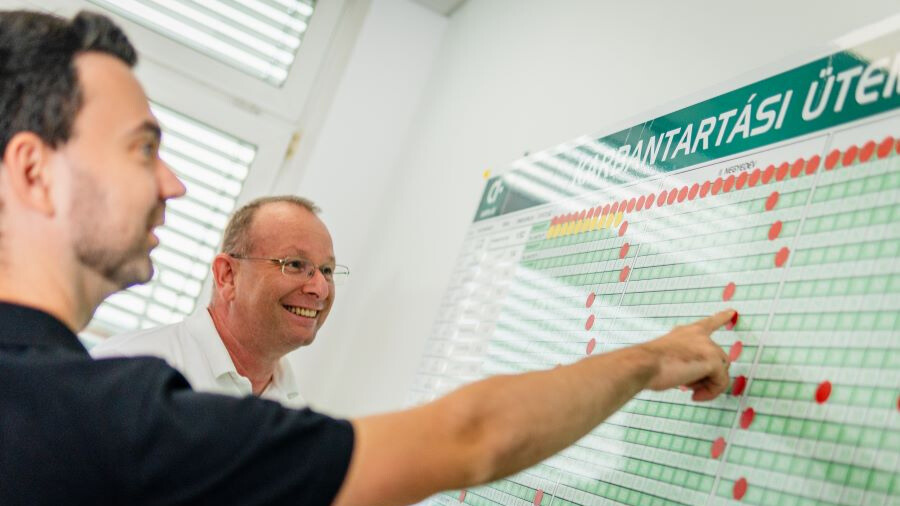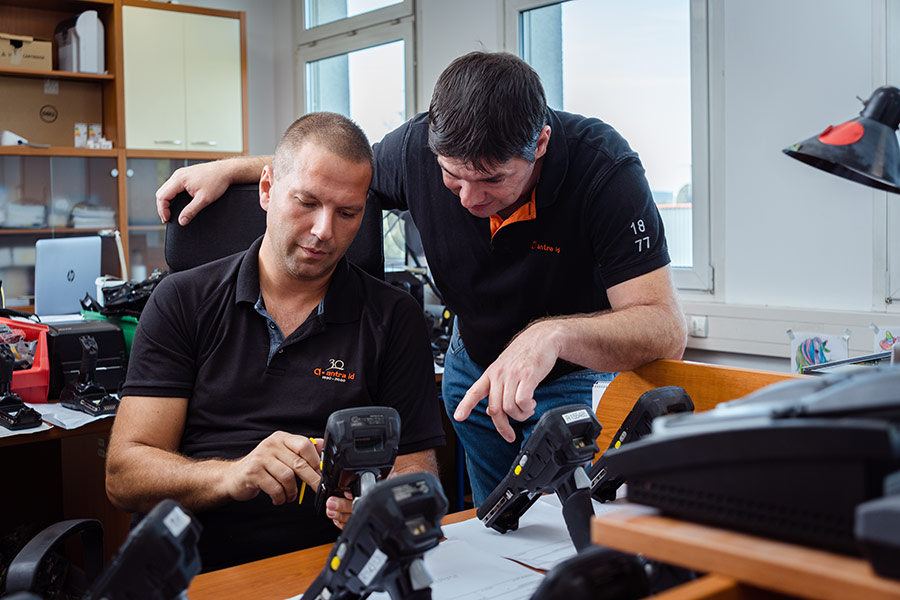In the fast-paced logistics and supply chain management world, warehouse automation has become a focal point of discussion. Is it a short-lived trend or a strategic evolution poised to reshape the industry?
At its core, warehouse automation extends beyond simply replacing human labor with machines. It represents a paradigm shift towards a symbiotic collaboration between humans and machines designed to optimize operations. The primary goal is to delegate repetitive, monotonous, and non-stop tasks to machines, liberating human workers to harness their skills and expertise for more complex and value-added functions.
One of the common apprehensions around warehouse automation is the fear of making the existing system obsolete due to evolving storage tasks. However, this concern is largely unfounded. Most automated warehouses operate on modular systems, offering the flexibility to adapt to changing needs. A prime example is Automated Guided Vehicles (AGVs), which are versatile and easily integrated into existing or newly constructed infrastructure.
Regardless of a company’s size or industry, AGVs can be a game-changer.
Yet, automation doesn’t end with implementation; it’s about ensuring the long-term, uninterrupted operation of the warehouse. This is where comprehensive service and support play a pivotal role. The integrator work and service network, exemplified by Antra ID Kft., provides a safety net to ensure that the substantial investment in automation continues functioning efficiently and without disruptions.
In conclusion, warehouse automation is no fad; it signifies a strategic shift towards enhanced efficiency and productivity in logistics. As businesses continue to evolve and adapt to the ever-changing demands of their industries, embracing automation proves to be an invaluable asset. It’s not about replacing jobs but enhancing them and reshaping the future of warehousing.



